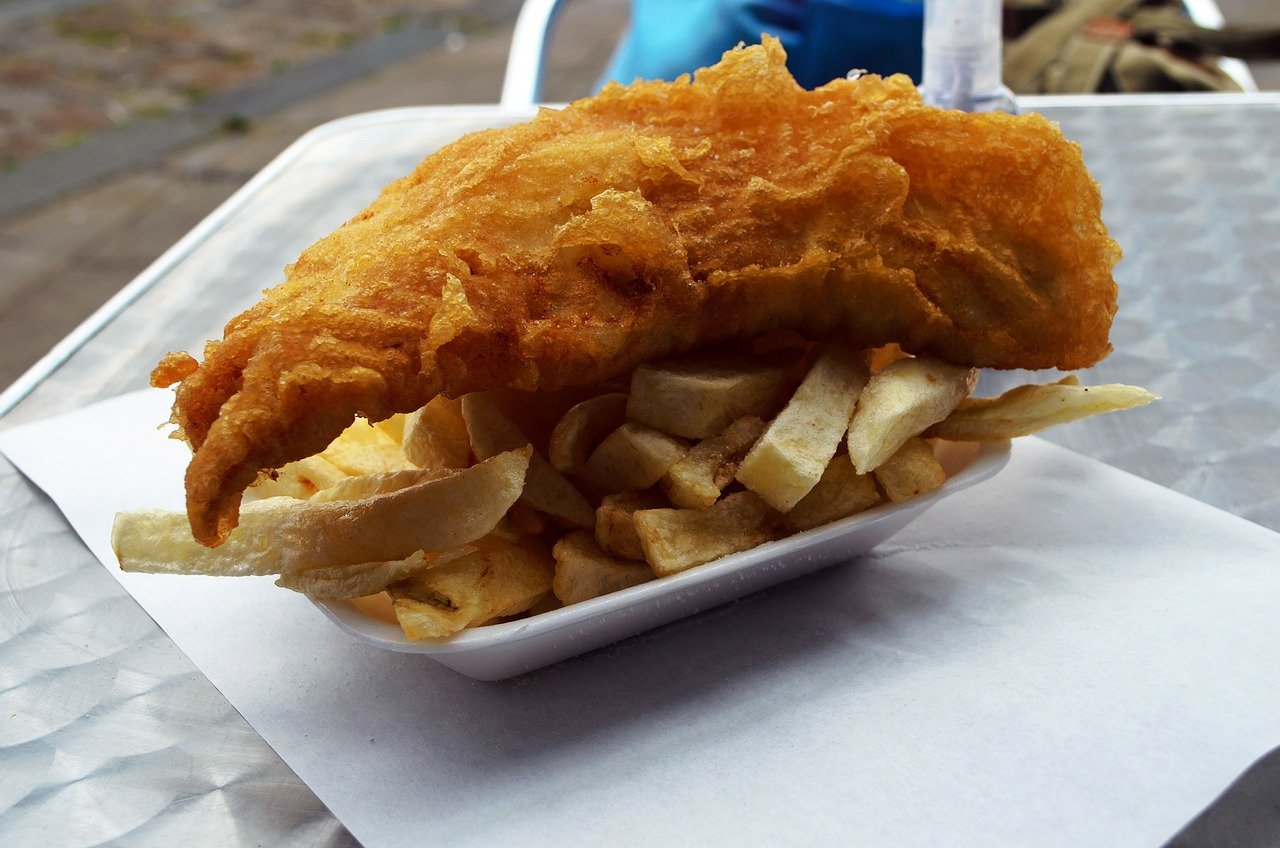
Britain’s favourite meals carbon labelled
People have had more time on their hands due to COVID-19 lockdowns, which saw businesses temporarily close including restaurants and cafes. Due to this many people have found themselves experimenting in the kitchen and cooking more meals. Although have you ever thought about how eco-friendly Britain’s cooking is? Some food and drink manufacturers have started adding carbon labels to their packaging, to assist in educating its consumers. Looking at the CO2e of cooking methods along with food carbon labels, Viessmann have created their own carbon labels for some of Britain’s favourite home cooked meals.
Fish and Chips
Fish and chips are one of the UK’s most loved meals, found in many takeaways and a favourite within seaside towns. Many of us have started creating ‘fakeaway’ dishes, as a healthy alternative while our takeaways are temporarily closed.
The total CO2e produced in making a portion for a family of 4 is 3,615.07g which is the equivalent of an 18km car journey. This is the lowest CO2e level in all the recipes Viessmann tested.
Roast Dinner
The classic roast dinner is Britain’s most loved Sunday meal, regardless of lockdown. Although, red meat is the largest producing CO2 group, due to its long production process.
The meat alone in this dish produces 26,573g, making the total CO2e of this dish 28,014.28g which feeds a family of 4. To visualise it would be a 140km car journey, making it the highest producing CO2e dish that Viessmann created.
Carbon labels make us more aware of the carbon emissions we are creating. Here are some tips if you are wanting to try and reduce your carbon footprint:- Reduce your intake of red meat, switch to more white meats such as chicken and pork which use less CO2 to produce.
- Try and find dairy alternatives, such as swapping dairy milk to almond or oat milk.
- Plan your weekly meals before you go shopping so you avoid wasting food, the average family waste around 700 worth of food each year!
By making small changes and following tips like the above, you can reduce yours and your family’s carbon footprint drastically. Also take into consideration the carbon emissions of daily activities and travelling, as they also mount up!
- Restaurant Germs: Improving Cleaning Practices For Commonly Contaminated Surfaces - April 15, 2024
- Fabulous Baby Shower Ideas to Try Soon - May 16, 2023
- Raw Manuka Honey Auckland New Zealand - March 10, 2023


